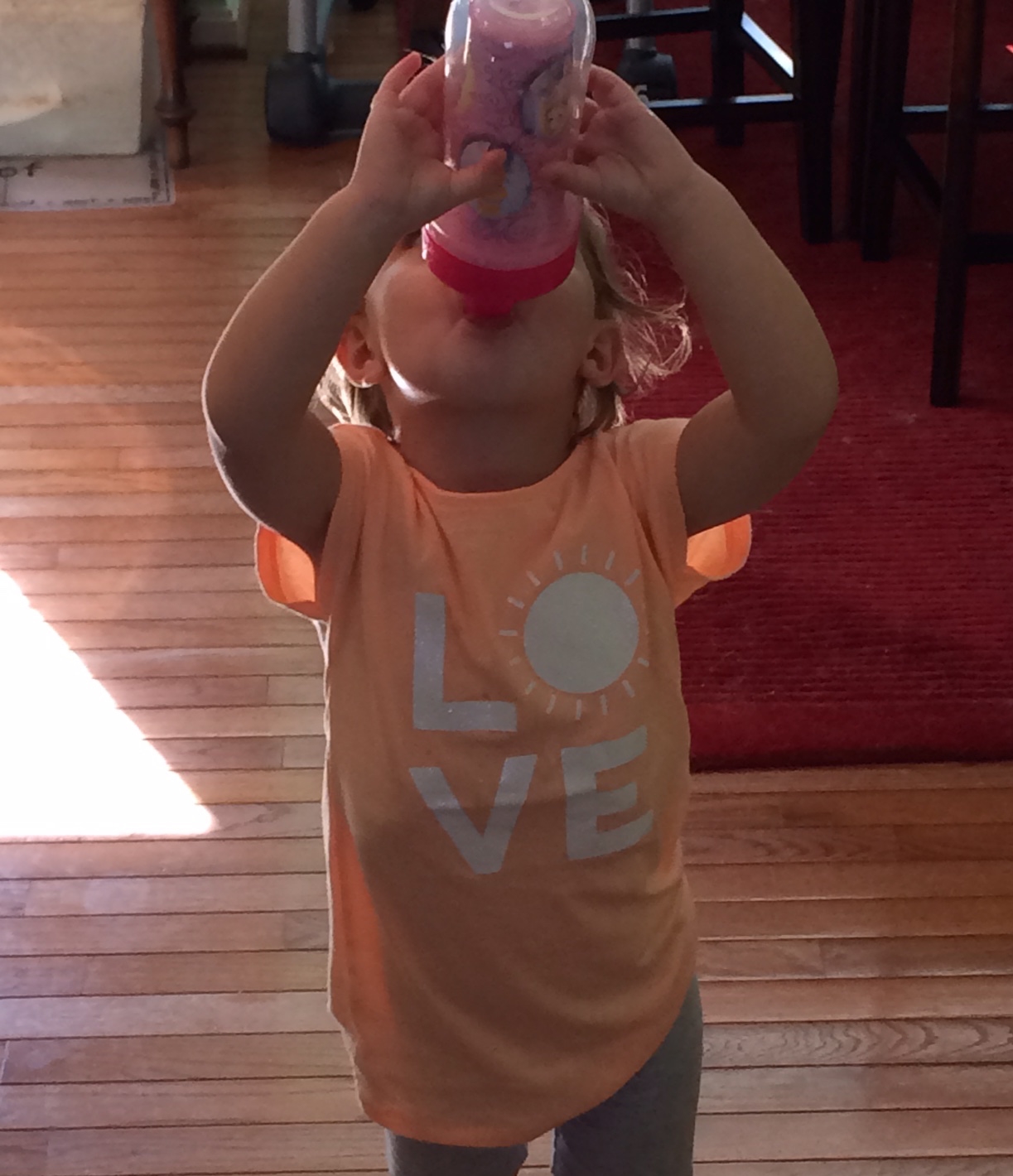No fly Zone - Part 1
/With the advent of 4G networks and Wi-Fi, gone are the days of hanging a “gone fishing” sign on the door and unplugging. Today’s parents have new and exciting ways to be involved in their children’s activities. Generally, this is a good thing. More involvement means more working parents get to see a child’s game or performance.
Unfortunately, technology also provides significantly more child access for parents who already tend to be over-involved. This month, I’ll shed a little light on why helicopter parents are the way they are, and share a few tips on how to handle them.
The Best Intentions
As a parent, I get it. Of course my child is the most special little person there is or ever was. I know my daughter is extremely talented, and surely she’ll be the star of any activity she (or we) chooses. Armed with this knowledge, why wouldn’t I expect that every coach, instructor, and administrator would make thinking and talking about her their number-one priority?
Sarcasm aside, for 99 percent of parents, their child is incredibly important. (The 1 percent is an entirely other issue.) In an evolutionary sense, it’s the reason we as a species exist and flourish. Most parents also understand the need to let others teach, coach, and mentor their child. Unfortunately, some parents feel compelled to insert themselves into everything their child does. While parents may see this approach as appropriate involvement, sincere advocating for the child, or just wanting to be supportive, they become a distraction for the child, the surrogate caregiver, and other participants in the activity.
An example from my days as a sports coordinator immediately comes to mind. I’ll call the parent Ms. H, the mother of a 5-year-old in one of the learn-to-play basketball camps. She believed her son was the rebirth of Michael Jordan. She would constantly ask questions or offer suggestions regarding her son—ignoring the fact that I had 14 other children to attend to. At that time I didn’t know how to handle her, so I just did my best to appease her. Knowing what I know now, there are actions I could have taken to minimize the time and energy I lost.
Ground School
Anyone who has dealt with a helicopter parent knows it can be an all-encompassing affair. But other problems can arise when parents hover.
Let’s use the analogy of the problem of texting and driving. When you or your staff members are thinking about, talking to, or otherwise engaged with a parent, your attention is no longer on the program and its participants, so a potential teachable moment is lost. We humans can only attend to so many things at one time. Worse still is the possibility that a parent who monopolizes your attention creates a dangerous situation for their child. On-duty adult leaders should have a singular focus: children. While I was busy addressing Ms. H’s barrage of questions, I’m sure I missed opportunities to coach the other children. Fortunately, there wasn’t an accident or injury, but the risk was real.
A second significant issue regarding parents who become too involved is that the child begins to see those behaviors as acceptable. We all learn by watching others, and the more status a person has, and adult leaders and parents have a lot, the more likely children are to emulate the behavior they observe. Youth-development professionals must recognize that what we model, or allow to be modeled, will be what our participants take away from our programs. The children who observed Ms. H’s actions may have learned about playing basketball, but, unfortunately, they also learned that it’s acceptable to interrupt, disrupt, and question program leaders at every turn.
So, what can youth leaders do to keep helicopter parents from hovering too closely to their program? And how do they coach staying at a distance without driving parents away or creating unnecessary conflicts? While every parent and situation is different, these few tips should help.
Make It Clear Who Is Flying
Just as I wouldn’t want any person off the street flying my plane, operating on my knee, or doing my taxes, parents need to understand that the youth leader is the professional running the program. This important point can be communicated in several ways. Presenting yourself, your staff, and your programs as professional is an effective and necessary start. Staff shirts, name badges, and a well-maintained facility—no matter what the budget—send a message that this department is your domain. To really drive the point home, you can highlight each adult leader’s background, skills, and training as related to roles and responsibilities. Online or in print, these laudatory bios put the staff in the spotlight. They were chosen to teach, coach, or lead so parents can relax and enjoy the activity. Another effective strategy is to provide details about the specific skills the staff will teach. And, if you describe a significant plan to develop the whole child, it becomes clear to parents that you are the youth-development expert.










